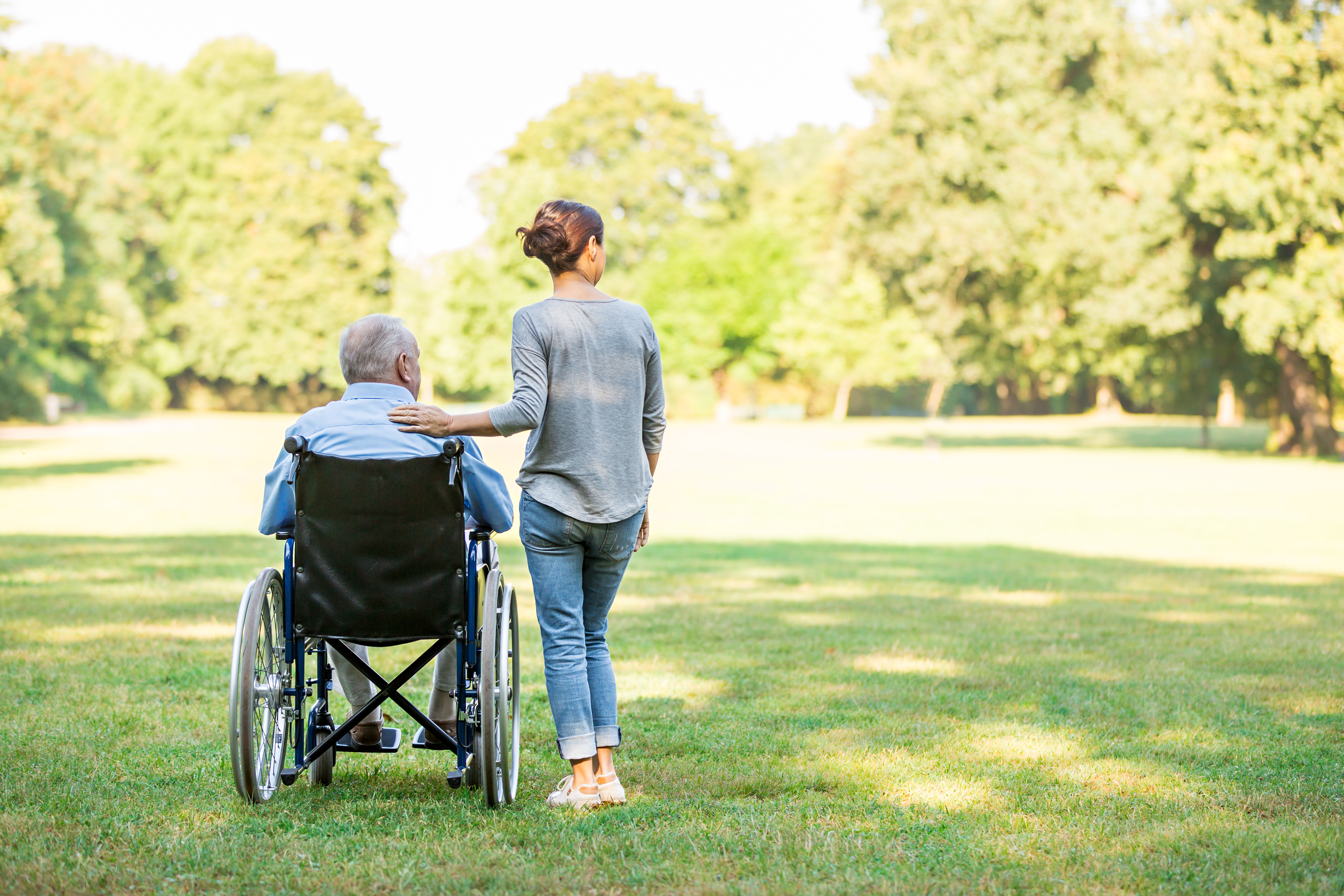AARP Hearing Center

May is ALS Awareness Month, a time where we focus our attention on a disease that affects more than 20,000 Americans at any given time. It is also a time to honor those the disease is affecting, and those we have lost.
Amyotrophic Lateral Sclerosis (ALS) is a neurodegenerative disease that progressively weakens muscles, hindering movement and communication. Because of the lack of communication from the motor neurons, muscle control slowly deteriorates. Symptoms differ from case to case.
The damage can take the form of clumsiness or slurred speech in its early stages, and it can develop into complete paralysis of the body, inhibiting breathing and swallowing. Patients correctly diagnosed with the disease have an average life expectancy of 2-5 years. Twenty percent of those with ALS live longer than five years, and 10% live longer than 10 years after diagnosis.
Currently, we have little indication on how to identify the cause of the disease. It affects people of all races and genders. There is little to no correlation between lifestyle choices and the disease. Usually it appears in individuals aged 40-70, but it can also occur at younger ages as juvenile-onset ALS.
Doctors today lack the tools to correctly diagnose ALS before the disease takes hold. But as ALS research funding increases, we increase the chance of discovering new links for the disease. Further breakthroughs could help researchers pinpoint the cause of ALS and alleviate its symptoms.
In 2014, the nonprofit ALS Association received a tremendous boost to their donations through an unlikely combination of buckets, ice water and social media. With these three tools, and the spirit of human generosity, the Ice Bucket Challenge was born. If you happened to be online in the summer of 2014, the Ice Bucket Challenge surely made an appearance on your feed. People would get a bucket, fill it with ice water, and record a video of themselves dumping the ice water over their heads.
Once the participants had time to dry off, they uploaded the video onto social media. Completing the challenge allowed you to challenge friends and family and donate to the ALS Association. It was fun, it was simple, and it became one of the biggest social media movements of its time.
Since the Ice Bucket Challenge went viral, the ALS Association received more than $115 million in donations. Their official website contains a breakdown of their donation allocation. This demonstrates the transparency of the association and the monumental impact from the generosity of its contributors.
In 2016 and 2017 alone, researchers have found additional biomarkers, developed new drugs and moved incrementally towards many more breakthroughs. This was made possible in large part through the massive influx of donations brought in by the Ice Bucket Challenge.
The ALS Association greatly benefited from its viral Ice Bucket Challenge campaign. Awareness of the disease grew, and they saw an enormous increase in donations. But that doesn’t mean that the fight is over. There is still a lot that we do not know about the disease. While seeing an Ice Bucket Challenge video on your Facebook feed is rare now, there are other ways that you can give back to the ALS Association.
In Texas alone, there are eight “ Walk to Defeat ALS” events in November and December of this year. Participants of these walks directly impact the lives of members who live around the community where the walk takes place. Donations raised will go towards direct care and advocacy for ALS, education and support groups for community members with ALS. These walks are a great excuse to surround yourself with friends and family members, get your exercise and sunshine in for the day, and see a direct impact in the community that you live in.
Sufferers of ALS do not deserve to be forgotten. The slow progress towards curing this disease will last much longer than a viral fad. In order to continue making breakthroughs to help combat this disease, we must continue to donate to the cause. Whether you never took part in the Ice Bucket Challenge, or if you were among the millions who dumped ice water on their heads for a good cause, there is still more that we can all do to help. So go on a walk, make a donation or challenge friends to the Ice Bucket Challenge this summer.































































